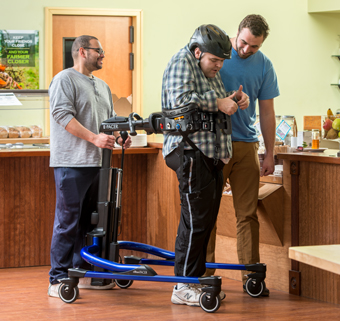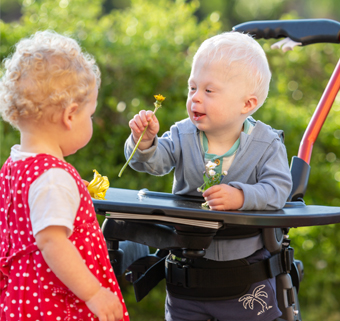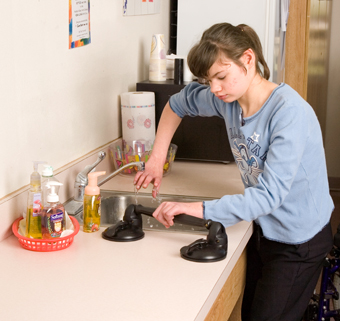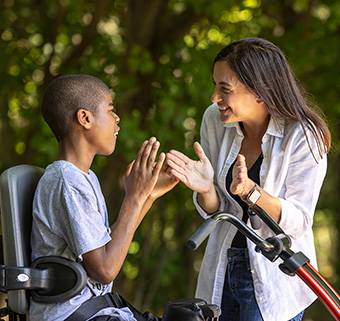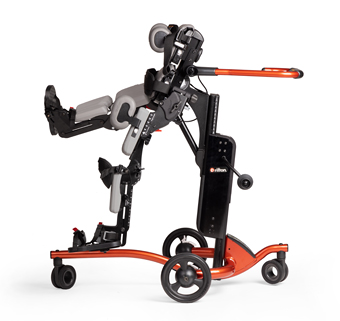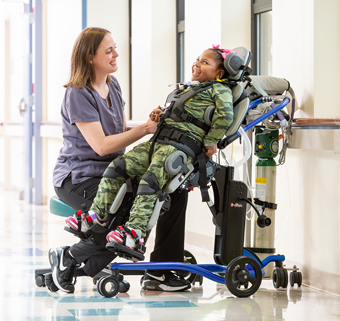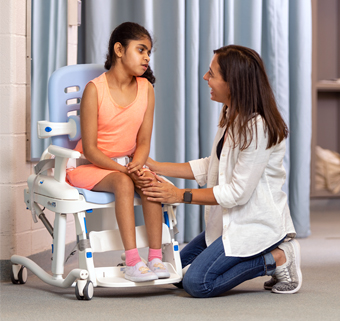Free Delivery
Customer Support

Request a Free Catalog
To receive one current US Rifton catalog by mail, click the request button below. Or call customer service at 800-571-8198.
Request
Sign up for our newsletter
Receive up-to-date articles and videos on adaptive mobility and positioning, evidence-informed practice, school-based practice, early intervention, adult rehabilitation, equipment funding, and product updates.
©2025 Rifton Equipment | Privacy Policy | Terms of Use | Terms of Sale | Copyright Policy | Cookie Statement
Community Products. LLC dba Rifton Equipment PO Box 260 Rifton NY 12471-0260. United States
Community Products. LLC dba Rifton Equipment PO Box 260 Rifton NY 12471-0260. United States


